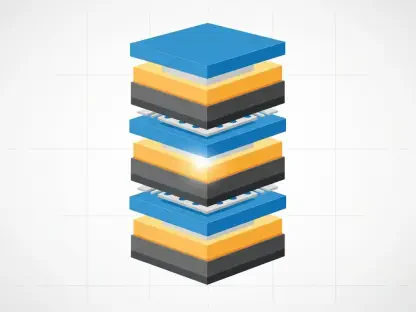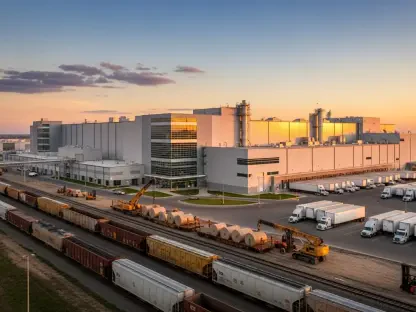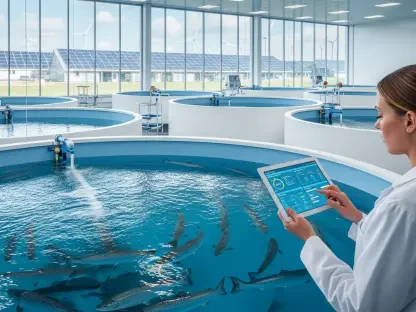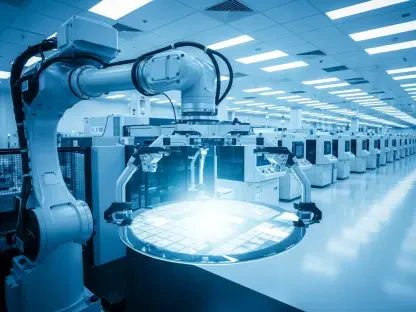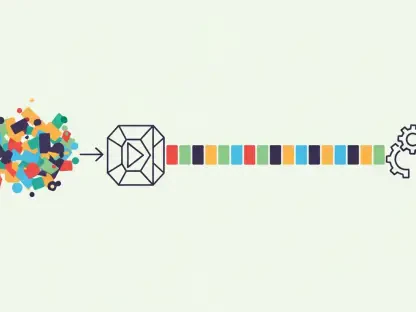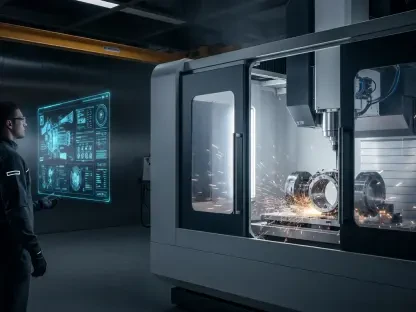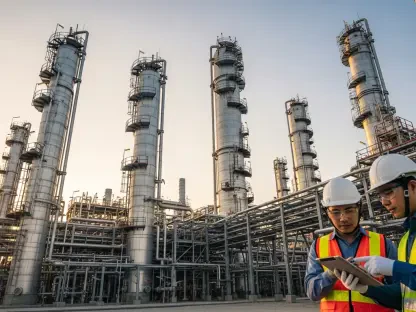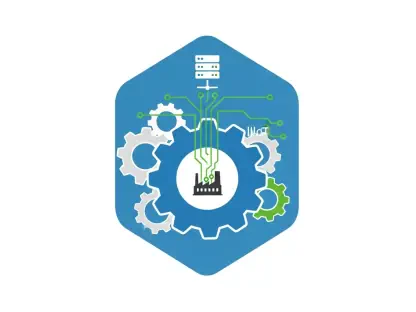The Ariane 6 launch vehicle represents a pivotal advancement in aerospace technology, designed to secure Europe’s independent access to space. At the forefront of innovation, Ariane 6 stands as a testament to modern aerospace competitiveness, evolving in response to a dynamic industry landscape. This progress has not only enhanced overall launch flexibility and efficiency but also broadened mission possibilities, proving essential for commercial and scientific endeavors.
Breakthrough Components and Technologies
Integral to the Ariane 6 architecture are its sophisticated engine technologies, which significantly bolster performance and reliability. The Vulcain 2.1 engine is a marvel of engineering, offering enhanced functional capabilities through increased efficiency and optimal performance metrics. This engine is essential for the vehicle’s first-stage propulsion, ensuring the successful execution of various launch missions. Its innovations, such as advanced turbine production, are a testament to collaborative efforts between GKN Aerospace and ArianeGroup, underlining the critical role of partnerships in space exploration.
Equally notable is the Vinci engine, pivotal in the Ariane 6’s second-stage operations. This engine boasts remarkable technical specifications and operational efficiency, contributing to the launch vehicle’s versatility. The Vinci engine’s design facilitates multiple ignitions in space, which is a critical capability for positioning satellites into precise orbits. These engines together underscore the importance of reliable propulsion systems in modern launch vehicles, ensuring mission success while maintaining cost-effectiveness.
The structural innovations in Ariane 6 technologies further exemplify the commitment to advancement. Notable developments include nozzle extensions and optimized turbine advancements, which not only elevate overall performance but also enhance the reliability of the launch vehicle. By integrating cutting-edge materials and design efficiencies, these innovations contribute to a lighter, more robust vehicle, capable of adapting to a wide range of missions.
Innovations and Emerging Trends
Recent innovations in Ariane 6 technology reflect broader trends in the aerospace sector, with a focus on integrating advanced materials and design enhancements. These improvements enhance the vehicle’s adaptability to various mission requirements, making it an attractive option for diverse applications. As the aerospace industry gravitates toward sustainable and cost-efficient solutions, Ariane 6 sets a benchmark for eco-friendly and economically viable access to space.
Emerging trends impacting Ariane 6’s development include a growing demand for small satellite deployments, mega-constellations, and increased emphasis on green technologies. As these trends continue to shape the aerospace sector, the Ariane 6 launch system will likely evolve to meet these demands, thereby cementing its position as a cornerstone of European space endeavors. The collaboration between industry leaders, such as the recent contract between GKN Aerospace and ArianeGroup, further solidifies the vehicle’s strategic standing.
Real-World Applications
The Ariane 6’s deployment across various missions showcases its versatility and effectiveness in both commercial and scientific sectors. Its ability to carry a broad range of payloads demonstrates its adaptability and usefulness in diverse contexts. From vital telecommunications satellites to exploratory scientific instruments, the launch vehicle’s capabilities play a critical role in supporting global infrastructure and technological advances.
Commercial applications of Ariane 6 include launching communication satellites that provide essential data services. In scientific domains, the technology facilitates missions that extend our understanding of the universe, such as deploying observational satellites and space exploration equipment. These applications underscore the vehicle’s essential function in a rapidly evolving aerospace landscape.
Challenges and Future Prospects
Despite remarkable advancements, the Ariane 6 project faces several challenges that necessitate strategic responses. Technical hurdles, such as optimizing cost-efficiency and market competitiveness, demand continued innovation and collaboration. Regulatory complexities also require attention to ensure smooth market access and compliance with evolving international standards.
Efforts to address these challenges include persistent research and development initiatives aimed at refining existing technologies and exploring new frontiers. As the Ariane 6 program continues to mature, its future prospects remain promising. Anticipated breakthroughs include further optimization of its propulsion systems and structural designs, potentially incorporating cutting-edge technologies for enhanced performance and sustainability.
Looking ahead, the Ariane 6’s impact on the aerospace industry promises to be profound. By continually pushing the boundaries of technology and innovation, it offers opportunities for expanded commercial and scientific missions. The societal implications of its advancements may extend beyond immediate applications, paving the way for broader accessibility to space and inspiring future generations of space explorers and scientists.


